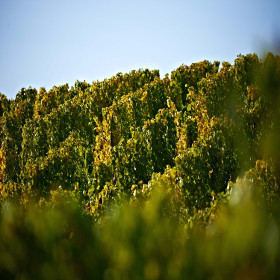GOOD HEART
The Erbes winery is located in the heart of Rheinhessen. Its vineyards "Spiesheimer Osterberg" and "Ensheimer Kachelberg" are favored by the sunny micro and mesoclimate. Therefore, the Romans already grew wine in this area. Here, the Erbes winery has one of the best lime marl soils. The typical terroir influenced wines of the Erbes winery have been awarded several times, for example the Sauvignon Blanc QbA, Chardonnay Auslese, Riesling Auslese, Blue Pinot Noir selection and many others. Specialties of the winery Erbes are • Wines from the Pinot family • Rieslings of different quality • Oak-matured barrique wines • Rarities of older vintages After studying viticulture and beverage technology in Geisenheim, the certified winemaker Heribert Erbes took over the traditional winery from his father in 1980. He continuously developed the winery for the sustainable production of premium wines. Incidentally, Heribert Erbes is a lecturer for young wine growers, authored numerous publications and asked as a wine juror. His motto: "You do not just learn to create a premium wine by studying at the viticulture school. Equally important is experience and the careful handling of nature. "
In the Erbes winery, English and German are spoken.













